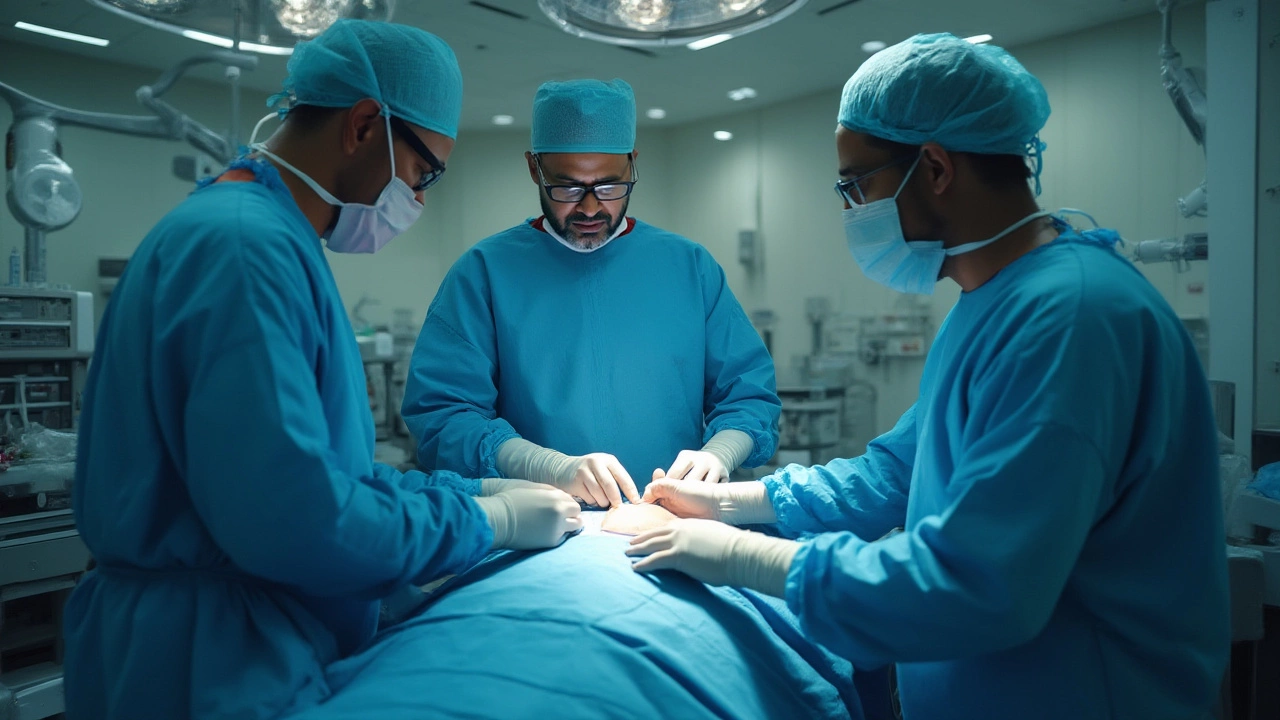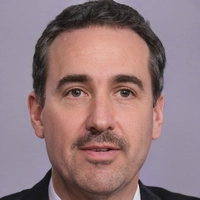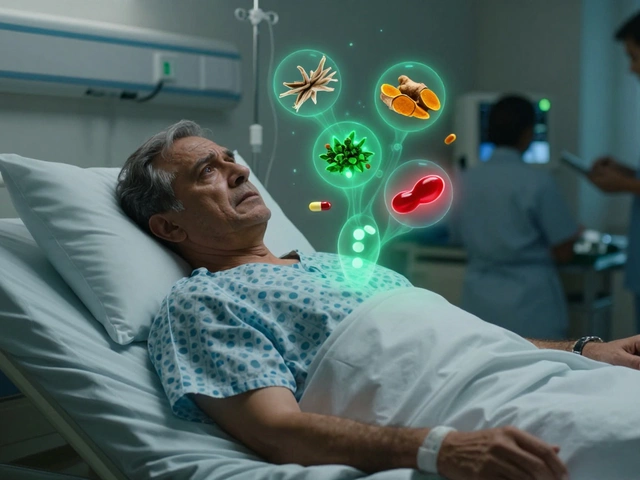Picture this: an intense moment in a hospital operating room, a team prepping a patient for open-heart surgery. People whisper about ribs being "broken" during the procedure. Is that really what happens? The thought of someone forcibly breaking ribs to fix a heart sounds brutal, straight out of a medical drama. Yet millions have had their hearts repaired—or even replaced—by surgeons, and the stories patients swap about recovery paint wildly different pictures. Rumors abound, and Google searches spike with related questions every day. What’s actually going on when someone has open-heart surgery? Let’s pull back the surgical drape and get to the honest facts—and why the answer isn’t always as simple or as scary as you might think.
How Surgeons Get to Your Heart: The Standard Approach Explained
When it comes to open-heart surgery, the gold-standard method for decades has been the "median sternotomy." That’s a medical way of saying, "cutting down the middle of your chest, right through the breastbone." Here’s the surprising part: your ribs generally aren’t broken at all. Instead, surgeons focus on the sternum—the flat bone that anchors your ribs in the center of your chest. They use a saw designed specifically for this, making a precise cut. The ribs are simply spread apart gently—think of a hinged door, not a wall smashed down. Most of the pain and healing come from this splitting and then wiring the sternum back together, not from rib breaks. Surgeons don’t want to break your ribs because rib fractures are notoriously painful and slow to heal. Also, most common types of open-heart procedures—like coronary bypass, valve repair, or heart transplants—don’t require damaging the ribs themselves.
Why the sternum? The heart sits right behind it, protected by bone and a bit of muscle. This location is critical to keeping your ticker safe from life’s daily bumps. By going through the breastbone, surgeons get a clear, wide view of every structure—valves, arteries, and the whole surface of the heart. This makes it easier and safer for them to use the delicate techniques that modern cardiac surgery demands, whether it's attaching vessels in bypass or delicately replacing a heart valve. The median sternotomy is essentially a big, controlled door into the chest—not a sledgehammer to the ribs.
Still worried about the pain? During surgery, you’re under general anesthesia, so pain isn’t an issue then. Afterward, the sternum is wired shut with sturdy stainless steel and begins healing from the moment the operation ends. You’ll probably feel soreness—especially when coughing or moving—but rib pain is surprisingly rare. Once in a while, a rib may crack from the spreading process, but that’s not typical. The focus is always on minimizing trauma and making recovery as smooth as possible. Most folks get through the healing process by following careful post-op advice and gentle movement, with the chest bone knitting itself back together over 6-8 weeks, sometimes faster if you're younger and in good shape.
Why Aren’t Ribs Broken—And What Really Happens in the Operating Room?
Let’s demystify this once and for all: breaking ribs is not standard in open-heart surgery. It’s actually something surgeons actively try to avoid. Ribs protect not just your heart, but also lungs, liver, and spleen—they’re like a suit of armor for vital organs. Cracking them on purpose would let pain, breathing problems, and infection risk spiral. So how did this myth even get started? It’s partly because the sternum is cut and then the ribs are pulled aside, which might feel like a rougher process than it is.
If you talk to people who have had open-heart surgery, you might hear stories of chest pain and “broken” ribs, but most of that discomfort traces back to the sternotomy. In rare, complicated cases—say, if the heart sits higher or is an unusual shape—a surgeon might need to remove or even break a rib for better access. But those are outliers, not the rule. Sometimes, a rib may fracture unintentionally from pressure, especially in older or osteoporotic patients. But again, it’s not the goal, and it’s a risk during almost any major surgery near the chest.
Inside the room, there’s almost a choreography to opening the chest for surgery. Nurses and assistants carefully follow steps: prepping, sterilizing the area, making a stubby skin incision right over the sternum, using an oscillating bone saw to split the sternum exactly in half, then retractors (think of strong, adjustable crowbars for bone) spread the two sides wide. Ribs bend a little, but flexibility is built into their job description (think of how your chest expands and contracts with every breath). After surgery, the breastbone is brought snugly together with a handful of thick wires. Surgeons are trained to be as gentle as possible—it's about precision, not brute force. Sometimes post-op, you’ll see an X-ray where those stainless steel "wires" look like paperclips holding the chest shut. It’s a modern marvel—strong, straightforward, but crafted to support your body’s healing, not to leave you battered and broken.
This myth is also fed by how tough recovery can sometimes feel. Imagine the soreness after the gym, multiplied by a week or two, and happening right in the middle of your chest. Eating, moving, even laughing can remind you of what your body’s been through. Most people get through with painkillers, rest, and—when cleared by the surgical team—a series of well-planned, gentle movements to get things back on track. People who follow post-op instructions about lifting, sneezing, or twisting have way fewer complications and usually no rib fractures or “popping.” Patience is key—but so is honesty. Don’t let the broken rib myth keep you from hearing the real, gritty story.

Modern Alternatives to Sternotomy: Less Breaking, Less Pain
Maybe you’ve heard about friends or celebrities bouncing back quickly from heart surgery, barely showing a scar. That’s thanks to an explosion of modern, “minimally invasive” heart surgery options. Not everyone qualifies for these slick new techniques, but they’re changing lives—especially for people who aren’t great candidates for major surgery in the first place.
So what’s on offer? A few cutting-edge examples: Mini-sternotomy, where instead of opening the breastbone top to bottom, surgeons make a smaller partial cut, like opening a letter slightly instead of slicing it wide open. There are also "thoracotomy" procedures, where doctors snake their tools between the ribs on the side, sometimes without even touching the breastbone. Even more futuristic, some valve repairs are done using only tiny incisions—one between the ribs for a camera, another small hole for tools. There’s “robot-assisted” heart surgery, with surgeons working at a console while robotic arms work inside your chest, making moves that are often impossible by human hand alone. Then there are transcatheter procedures—doctors thread tiny tubes through an artery in the leg right up to the heart—no chest opening needed at all. This is huge for people too sick or too old for classic surgery.
Downsides? Absolutely. Not every problem can be fixed with these less invasive methods. Serious blockages, multiple bypasses, or very complex repairs still need the wide-open, full chest approach. In those cases, the tried-and-tested sternotomy wins out because it lets surgeons spot complications immediately and fix them on the fly. But when minimally invasive surgery is an option, recovery can be much faster: fewer days in the hospital, barely-there scars, and a shortcut back to normal life. These techniques also tend to mean less blood loss and lower infection risk, but they can be technically demanding. That means it’s crucial to look for a team that does a lot of these surgeries. Higher numbers usually mean better results.
How do you know what’s right for you? Talk with your surgeon about what’s possible for your specific problem. Age, body type, past surgeries, and other health issues all color the decision. Sometimes people are disappointed if they’re not a candidate for minimally invasive surgery, but remember—open surgery remains one of the most carefully refined procedures in modern medicine. Hundreds of thousands of patients walk around each year with a wired breastbone and an unwired future.
Recovering from Open-Heart Surgery: What to Expect
If you or someone you love is heading for open-heart surgery, you’re probably bracing for impact. Here’s the no-BS version of what’s ahead. The first few days after surgery are spent in the intensive care unit, where machines quietly track every heartbeat and breath. Waking up with a tube down your throat and wires everywhere can be jarring, but these are just temporary. Within a day or two, you’ll start sitting up, coughing (to clear your lungs), and even taking a few wobbly steps with help.
The sternum is key. It hurts when you use your arms to push, pull, or twist—hurts in a deep, bruised way, not sharp. Most patients score a prescription for painkillers (often opioids at first, then switching to Tylenol or ibuprofen as soon as possible) and strict instructions to avoid heavy lifting for six to eight weeks. Ribs might ache a bit if they were pressed hard, but surgical teams keep that risk tiny. Coughing, sneezing, or laughing can feel like a punch to the chest at first. A little tip: hug a pillow tightly when you need to cough, or wear a chest support. It really helps.
As the incision heals, it eventually fades from shocking red to thin white—almost invisible a year or two later for many people. Stainless steel wires? They stay inside forever, and you’ll never feel them. A small number of people report weird clicking or popping sensations as things heal—don’t freak out. The bone knits strongly over time. Walking is encouraged as soon as possible, shifting from short trips to the bathroom to brisk strolls around the unit. Physical therapy is a must, and it helps a ton with energy and mood. One overlooked trick: practice deep breathing with a spirometer (a plastic device you blow into) to keep your lungs healthy and prevent pneumonia.
What about long-term life? Most folks are back at work—at least office jobs—by the three-month mark. Folks who lift, dig, or have physically demanding jobs might need a bit longer. Sleeping can be tough at first: lying flat stresses the chest, so propping up with pillows (or even using a recliner) helps you get more rest. Sex, driving, travel—all come back as your body lets you. Oh, and airport metal detectors? Those sternum wires won’t set them off, so don’t sweat it.

Tips for Patients Considering or Facing Heart Surgery: Fact vs. Fiction
No one really wants heart surgery if there’s another choice, but when you need it, preparation is everything. Here are some truths—and a few secrets—straight from the trenches:
- Don’t buy the rib-breaking myth: Open-heart surgery usually doesn’t require broken ribs, just a split sternum. Healing is tough but totally manageable for most people.
- Minimally invasive options exist, but aren’t for everyone: Always ask what’s possible, but trust your team’s reasons if open surgery is safer for you.
- Pain is real, but so is relief: Pain control is much better now than in the old days. Don’t be shy about telling your doctors how you’re feeling.
- Your attitude matters: Patients who move as soon as they’re able and keep a positive outlook usually bounce back quicker. Many hospitals have "prehab" programs to build you up before surgery—even some light exercise beforehand can make a huge difference in how you recover.
- Prep your home in advance: Move things so you’re not reaching and twisting. Stock up on healthy meals, set up a comfy sleep spot, and ask friends for support, especially the first two weeks after you’re home.
- Track your symptoms post-op: Swelling, fever, or sudden pain can be warning signs; report these quickly. But slow-burn soreness and fatigue? Those are par for the course and ease up steadily.
- Stay honest about your limits: If you’re worried, frustrated, or scared, say so. There’s power in the medical team knowing how you feel. And trust your gut—no one knows your recovery better than you.
- Embrace the technology: Learn how your surgery will be supported by cutting-edge tools—robotics, precise monitoring, infection control. It’s a world apart from what people endured in past decades.
One last thing: it’s okay to be nervous. Surgery—especially on something as essential as the heart—can stir up all kinds of images and fears. But knowing what actually happens (and what doesn’t) takes some of the sting out of the unknown. You’re not just breaking through old myths—you’re giving yourself the best shot at healing, thriving, and living with a repaired heart. Whether your journey involves a wide-open approach or the latest minimally invasive method, the goal remains the same: get you safely to the other side, with bones (and spirit) strong enough to take on the world again.






